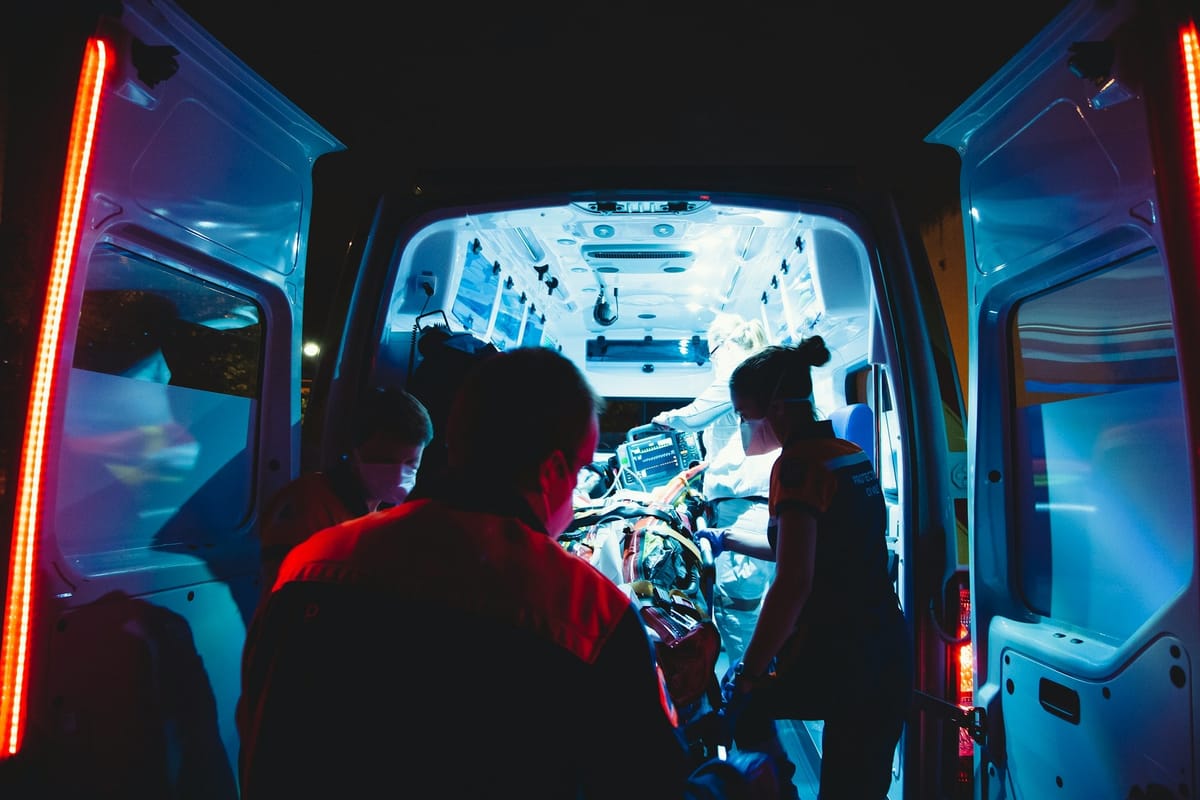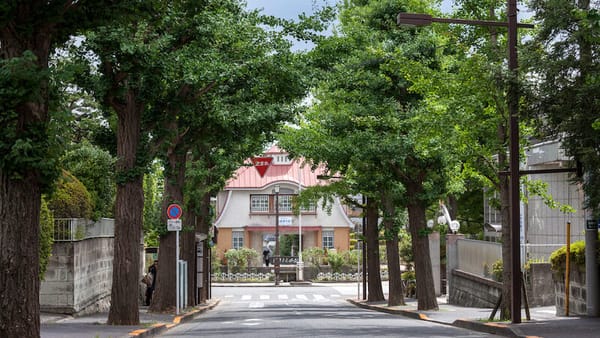Emergency Japanese Phrases Every Foreigner Should Know
Emergency language isn’t just survival — it’s part of belonging.

Living in Japan for several years often means you’ve mastered the basics of Japanese — ordering food, chatting with neighbors, and maybe even handling city hall visits. But when a real emergency hits — whether a natural disaster, health scare, or sudden evacuation — the Japanese used in those situations can shift dramatically. It’s fast, context-heavy, and often layered with urgency or keigo.
For long-term residents, it’s not just about knowing what to say, but how and when to say it. This guide covers intermediate-level Japanese phrases you may need in real emergency situations, along with cultural cues that could help you stay calm and communicate clearly.
When You Need to Evacuate
In Japan, you may hear sudden emergency broadcasts during typhoons, earthquakes, landslides, or tsunamis. Knowing what’s being said — and how to ask for help — is essential.
Useful Phrases:
- 避難所はどこですか?Hinanjō wa doko desu ka?Where is the evacuation shelter?
- この住所の避難場所を教えていただけますか?Kono jūsho no hinan basho o oshiete itadakemasu ka?Could you please tell me the designated evacuation site for this address?
- 一緒に避難してもいいですか?Issho ni hinan shite mo ii desu ka?May I evacuate together with you?
- 持病があります(喘息/糖尿病 など)。Jibyō ga arimasu (zensoku / tōnyōbyō nado).I have a chronic illness (asthma/diabetes, etc.).
People at shelters often appreciate calm, respectful communication, and this is even more important during an emergency when everyone's tensed up. Keep your keigo polite, even when you’re scared — it helps set a cooperative tone. Don’t hesitate to speak up if you have dietary restrictions or medical needs.
Talking to Emergency Services
If you need to call 110 (police) or 119 (fire/ambulance), these phrases can help you explain the situation efficiently.
On the Phone:
- 119番お願いします。火事/救急です。Hyakujūkyū-ban onegai shimasu. Kaji / kyūkyū desu.Please connect me to 119. There’s a fire / I need an ambulance.
- 〇〇で事故が起きました。けが人がいます。[Location] de jiko ga okimashita. Kega-nin ga imasu.There’s been an accident at [location]. Someone is injured.
- 熱が下がらず、息苦しいです。Netsu ga sagarazu, ikigurushii desu.I have a persistent fever and trouble breathing.
- 日本語が少ししか話せません。ゆっくり話していただけますか?Nihongo ga sukoshi shika hanasemasen. Yukkuri hanashite itadakemasu ka?I only speak a little Japanese. Could you speak slowly, please?
Japan’s emergency services are often highly professional but might not speak much English. Stating your level of Japanese politely up front sets expectations and can actually lead to better communication.
Navigating a Hospital Visit in a Crisis
In urgent care situations, even intermediate speakers can get overwhelmed. Medical vocabulary is very specific, and being able to describe symptoms quickly is key.
Key Vocabulary:
- 頭がガンガンします – Atama ga gangan shimasu – I have a pounding headache
- 吐き気がします – Hakike ga shimasu – I feel nauseous
- 意識がもうろうとしています – Ishiki ga mōrō to shiteimasu – I’m feeling faint / hazy
- 血が止まりません – Chi ga tomarimasen – The bleeding won’t stop
- 息ができません – Iki ga dekimasen – I can’t breathe
At Reception:
- 初めての受診です。保険証を持っています。Hajimete no jushin desu. Hokenshō o motteimasu.This is my first visit. I have my insurance card.
- 英語の問診票はありますか?Eigo no monshinhyō wa arimasu ka?Do you have an English medical questionnaire?
Reading Alerts and Broadcasts
Understanding emergency alerts on your phone or public loudspeakers is a critical part of living in Japan. Here are some common terms you’ll encounter:
Emergency Vocab List:
- 避難指示 (hinan shiji) – Evacuation order
- 避難勧告 (hinan kankoku) – Evacuation advisory
- 警戒レベル (keikai reberu) – Alert level
- 大雨特別警報 (ōame tokubetsu keihō) – Heavy rain emergency warning
- 津波注意報/警報 (tsunami chūihō/keihō) – Tsunami advisory / warning
- 余震 (yoshin) – Aftershock
- 断水 (dansui) – Water outage
- 停電 (teiden) – Power outage
What Not to Say or Do in an Emergency
Even fluent speakers can make cultural or linguistic missteps in high-stress moments. A few things to avoid:
- Don’t speak overly casual Japanese to emergency staff. Stick to neutral-polite or keigo — it’s a matter of trust and professionalism.
- Don’t rely on Google Translate in real time. It can lead to misunderstandings, especially with nuanced symptoms.
- Don’t assume someone else will explain things for you. Have your own phrases ready — especially if you live alone or outside a major city.
Keep a Language Card with You
One smart tip? Create a laminated emergency language card. Include your:
- Name
- Allergies or conditions
- Blood type
- Japanese emergency contact
- Key phrases like “I need help,” “I’m allergic to…,” or “Please call this number.”
You can also keep a digital version on your phone lock screen or in your Notes app.
You’re not a tourist. You’re a part of this community. And being prepared — linguistically and emotionally — is part of that.
Staying in Japan long-term means learning not just the language, but the rhythms of daily life — including how people respond in times of crisis. By adding these intermediate-level phrases to your toolkit, you build not just safety, but confidence.
Follow us on Instagram @coulecte and YouTube @coulecte and sign up for our newsletter for more thoughtful lifestyle content — from cross-cultural insights to everyday living in Japan.





